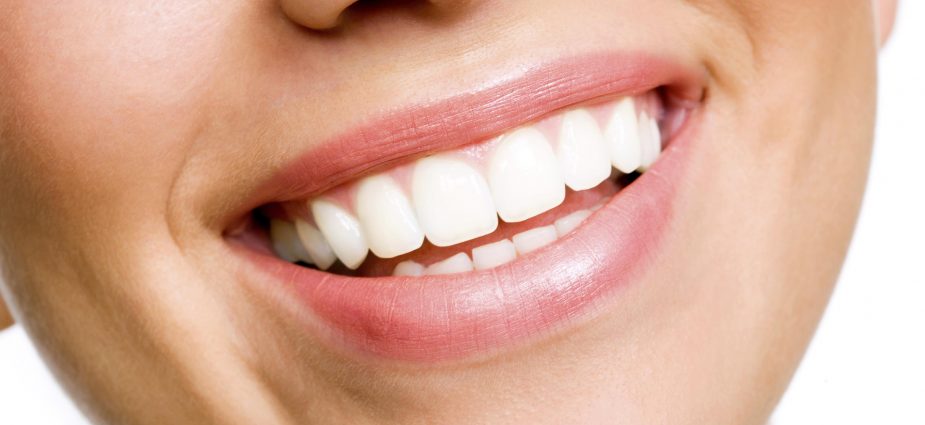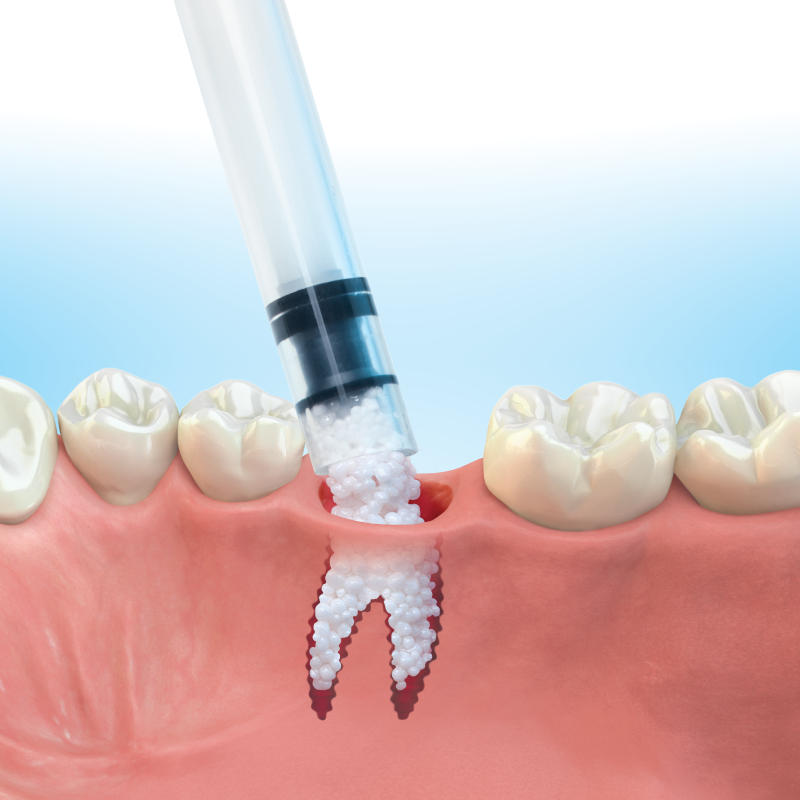When does the implant process start?
The simple answer is that it best starts when the tooth is removed. If an extraction socket is allowed to heal naturally, then the bone and soft tissues of the region that supported the tooth tend to fade away very quickly, even to the point where it can be impossible to place implants. The extraction socket needs to be cleaned of all infection and then one of two things should happen:
1. Socket Regeneration
2. Implant Placement with Socket Regeneration

Socket Regeneration
This is where a graft material of one form or another is placed into the socket. It fills out the void in the bone, encourages bone regeneration and growth of soft tissues over the top of the socket. In short, it attempts to preserve the ridge. If done with the right materials then the placement of an implant can be delayed for months or even years though we do not encourage this as the teeth in the region can shift.

Implant Placement with Socket Regeneration
The biological requirements for an implant fusing to the bone and bone regeneration are almost exactly the same, so it is often possible to place an implant following the extraction. It’s critical to ensure that the implant is stable and firmly anchored into the bone to avoid micromovement which will prevent bone healing and “Osseo-Integration” of the implant.
Surrounding the implant has to be a region which will transform into bone to provide additional support, we call this the region of “Osseous Coagulum”. It contains, blood, blood vessels and connective tissues as well as bone graft material which acts as a scaffold for bone regeneration in the region.
Soft tissues covering both the bone graft and the implant is necessary as well if for no other reason to protect and supply nutrition to he healing site. This can be provided by soft tissue flaps from the adjacent regions. However, these days one can use “membranes” out of a box which can serve much the same purpose. Most are made of collagen based biomaterials which rapidly transform to a living, natural tissue complex.